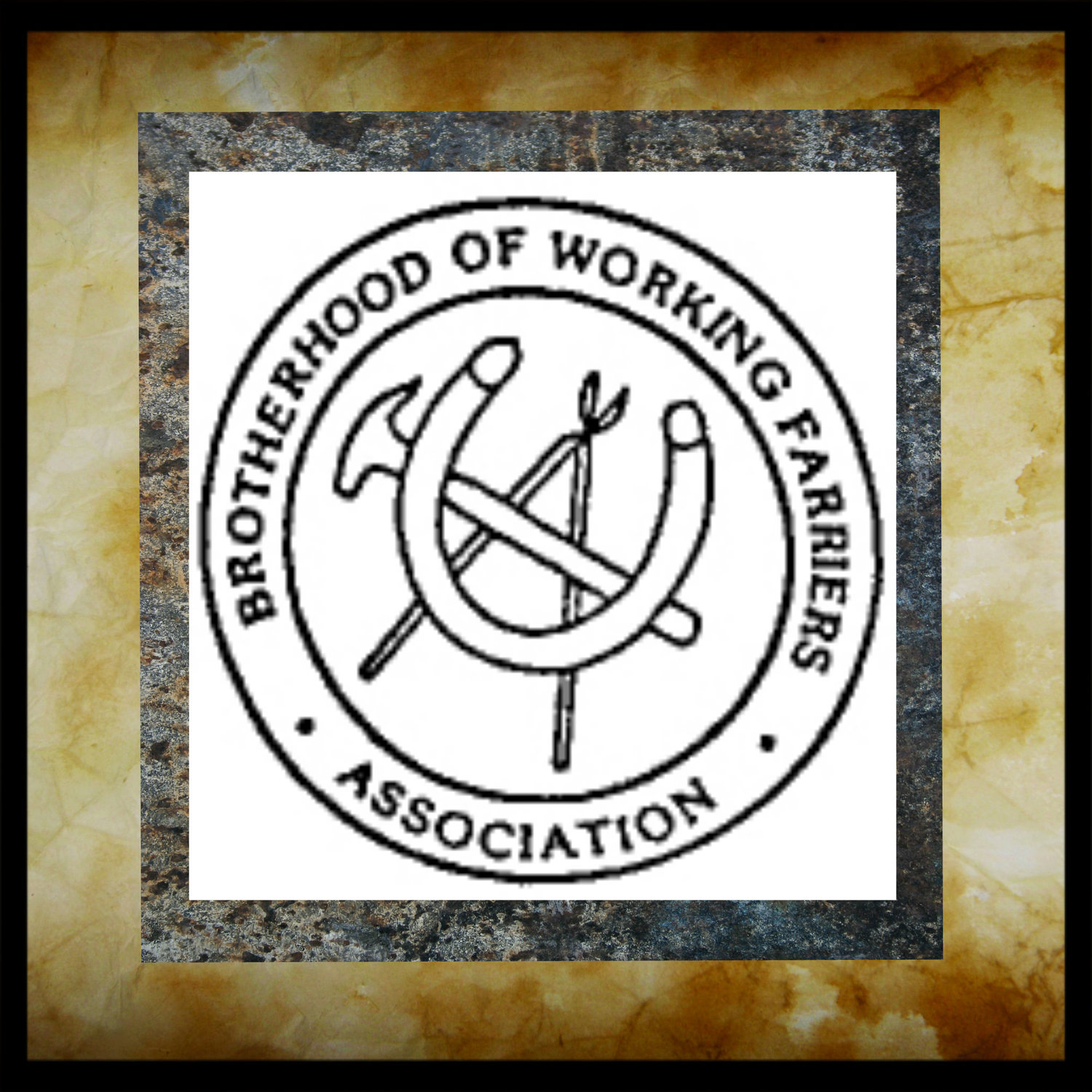"The role of the Professional Certified Farrier" by Link Casey
The Farrier Industry is a vital division of the Equine Industry as a whole. The BWFA is dedicated to offering education and public awareness by promoting the Farrier as the most important equine professional to the overall health of the horse!
Professional Farriers, Dan Marcum, Doug Eidiner, Ronney Deboard, each with 30+ years of experience to share 2014.
It is hard work but very rewarding. For someone interested in pursuing this self-employment, we suggest you begin by visiting a local farrier to observe his work first. Visit horse owners, stables, horse shows and events to see just how important the farrier is to keep the horse “sound.”
The general public who are not horse people are unfamiliar with shoeing and think it is old timey and went out with the horse and buggy. Contrary to that thinking, there are estimated 9.2 million horses in the US according to the American Horse Council out of DC. There are 50 chapters of the AHC in the US to continue to promote horses, their health and welfare. As long as there are hoofed animals like horses, there is a need for Farriers, or Horseshoers, as most refer us to.
As a farrier student one must be of good physical condition and we encourage safety measures at all times. An Instructor must over see every detail to handling the horse, using tools properly and accurately on the hoof. This is a “live animal” not a brick wall! It will move with great force! The farrier must stand all day while trimming and shoeing an average of 4-10 horses a day depending on his or her preference. The time allotment is normally 1 ½ hours per horse. That is a full day beginning at dawn till dusk. That is after the horse owner has provided an area that is dry, covered and with plenty of light and the horse is trained to stand for maintenance and services.
This is a very labor intensive job:
Most farrier accidents happen by the horse pushing, pulling and leaning on the farrier. A horse is unpredictable. The farrier is primarily “under” the horse as in the photographs. Every part of the body is in a strained position; the back, hips, knees, legs, feet, neck, hands, arms and hands along with plenty of cuts and scrapes from the use of sharp tools over time.
Shaping the shoe on the anvil requires hand & eye coordination to design the shoe to fit the particular horses’ hooves. The factory shoe must be shaped to the proper size and they should be knowledgeable in making handmade shoes from flat bar stock. What we refer to as corrective shoeing is needed 99% of the time.
BWFA farriers upgrading their certifications, 2014
The horses’ hooves grow daily so trimming the hooves (like a person’s toe nails) is required and shoes re-applied every 6 weeks. Few owners realize the importance of the hooves so it is our role to help educate them of the farrier’s role. If the farrier is a successful businessperson, they will continue their education by attending seminars, conventions and clinics learning about the overall horse, nutrition, lameness issues, new shoe styles, hoof bonding, etc. There are over 1,000 different styles of shoes to choose from and it grows larger every year.
The farrier is an age old occupation but is very much a part of the 21st century getting involved in the computer age, radiographs, thermal imaging, disease control, breeding for performance, computer programs to keep efficient records with photos and video of his work. This is relayed to the “smarter” owner to encourage the equine industry to grow.
A small percentage of farriers will shoe into their 60’s and 70’s, a larger percentage become injured and choose to retire or another career. Yes, again it is hard work but very rewarding. Choose your horse clients “carefully”!!
The BWFA offers a farrier certification program with a hands-on test according to guidelines. Please go to our website for further information.
If your interest in horses is leaning you to learn more about the role of the farrier, contact one of the many BWFA Master Educator Schools in the US for their program information. Whether you choose to shoe your own or become a professional farrier, you can’t go wrong.
Link Casey
President, Member of the Board of Directors


